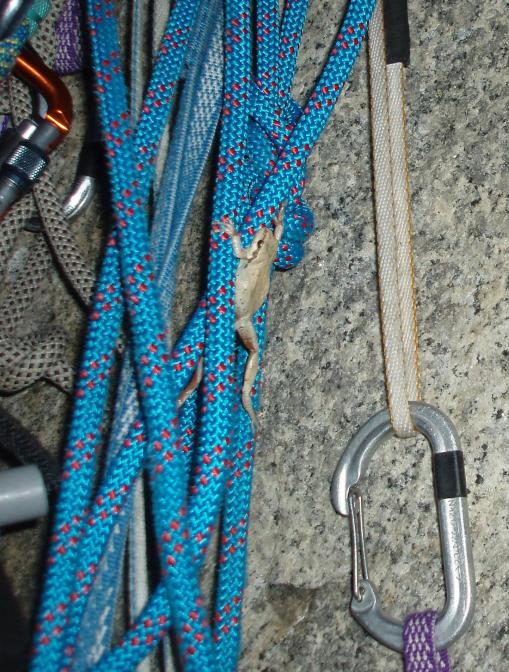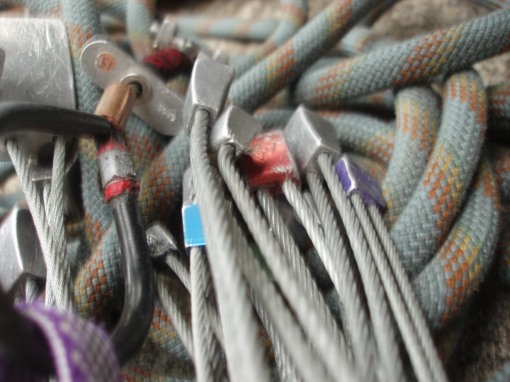I hear that a lot of people get lost in Red Rocks. Often I will start wandering the wrong way only to have Lizzy call me back to the path. In the end it’s no fun getting lost and it takes a lot of time. The Rainbow Wall is stunning and really not that far away. While it make take some people over three hours the hike should be doable under two hours with bivy gear if you don’t get lost.
One can either approach from Oak Creek or Pine creek. I am pretty sure the Pine Creek trail is shorter but it requires you drive in the loop road. This is the way we took so I will describe my experience.
Starting out the hike from the Pine Creek Canyon parking lot.
If you have climbed in Pine Creek and done either the classic Cat in the Hat or Dark Shadows then the above photo should look pretty familiar. The small red capped tower/formation in the middle of the shot is named the Mescalito. You walk towards this formation passing three or four turn offs for nature walks, fire trails and other areas. A good 15 – 25 minutes out from the parking lot there will be a homestead on the left followed shortly with a sign similar to the one in the photo below. This sign should have a leftwards arrow pointing to the Arnight Knoll trail. This is the trail you take to get into Juniper Canyon.
Making the second turn.
One travels towards a ridge through some bushes and you will eventually encounter the sign above. It is pretty obvious but go left (the only real option). This will quickly bring you to another junction where you stay left again. This is shown in the photo below. This left turn (the third from the main trail) will take you up a hill to the top of the aforementioned ridge which is really more of a plateau. The trail is pretty flat and you should make good time towards Juniper Canyon. Do not turn off this trail, trending up and right towards the entrance to Juniper Canyon. Be careful of the many types of cactus that line the trail.
Once you travel a ways across the plateau head towards the center of the canyon. The trail will split many times to the side areas, with Crimson Chrysalis and Cloud tower on the left. We stayed on the well cairned trail which led us up the right side of the canyon. Eventually you will work your way down into a wash which can be tricky to follow. Most of the way there are cairns but use good judgment to make upwards progress.
[Edit: So, Luke has oversimplified this a little, I think. The main idea here is that you start on official hiking trails – first the Pine Creek Trail, then the left turns get you onto the Arnight-Knoll Trail, then you stay right on the Knoll Trail when the Arnight Trail splits off, then you have to turn right-ish off the Knoll Trail to head into Juniper Canyon – if you stayed on the Knoll Trail it would take you to Oak Creek Canyon. As I recall, this turn is obvious and intuitive, but just realize that there is a point at which you go right, into Juniper Canyon, instead of bearing left (on the main hiking trail) across the plateau to Oak Creek. ~Lizzy]
Make sure to go left and then up the hill!
After a ways in the wash the trail should get better and eventually head up a steep sandy hill. Make sure to follow the trail and stay a bit to the right. There is a well traveled trail after you get to the top of the hill. This will lead through some trees and eventually to a distinct Y with a cairn. This is the split for the Rainbow wall, left, and the Brownstone wall, right. The left fork will take you to the left edge of the canyon where you can make good progress right next to a wall. Eventually you will break back into the wash and eventually come upon the slabs seen in the photo below.
Roberto coming down the fixed line.
Hand over hand up the fixed line and make your ways up the slabs via the path of least resistance. We started up the left and did a lot of zig-zagging before finishing up the right side. At the very top you will need to stay right in order to get to the upper most ledge and the start of the Original Route. Ideally you approach to the base of Sauron’s Eye and the traverse left about 200 feet. There are two places to bivy at the base, one on a crazy stone pedestal and one in the sand directly below the base. There were a ton of bugs when we bivyed so I would suggest bug netting or buy spray.
You top out here. The tree to the right of the rope has rap slings and biners. (Rap Photo 1)
You make a short rap down to this tree. (Rap Photo 2)
Just to the right of the tree, on a ledge, is a set of bolts! (Rap Photo 3)
Rappelling Beta for a 70 meter Rope.
Rap from a tree (at the top of the final gully/pitch) with slings and biners (Rap Photo 1 above) or down climb ~50 feet of 4th and 5th class. This will get you to the the bolts next to the dead tree in (Rap Photo 2 and 3 above).
From here you should definitely knot your ropes since you have to swing HARD to get back to the belay after the Red Dihedrals. I had to swing way left and then back right to get to the belay. Since I was holding the rope I had to use my feet to grab the small foot ledge. Very close!
Next you can rap straight down on independent rap stations on the face. Two raps will put you on the ledge about 40′ below the Red Dihedral and on the far side of the Over the Rainbow ledge.
Rap to a station on a small ledge in the middle of the face skipping an anchor about 25′ below the main ledge. From here rap again and with a 70m rope you will just make it to a ledge.
There was another rap anchor on the face that could be used if you have a 60m rope or don’t want to down climb. We opted to rap off the end of our rope and did one easy 5th class move to get down to the gully/ledge with the fixed rope.
From the rap station behind a small tree rap the two 5.10 pitches. If using two ropes be careful of getting the knot stuck in the branches.
Rap each of the 5.11 pitches. Next to a bush below one of the belays there is a rope eating crack. I wedged a twig in here so our rope would not get stuck.
The final rap from the top of the blank 5.12 corner will require a short downclimb since it was about 40 meters to the ground.
Take a look at the photo topos below showing the rap stations that are mentioned.
60 meter Rap Beta
With a 60m rope I assume you would need to make an intermediate rap to the cave belay from the bolts next to the dead tree. From here you should be able to rap straight down to the Belay atop the Dihedrals and continue with the description above. It might be necessary to use one or both rap stations we skipped descending from Over the Rainbow ledge to the lower ledge.
The upper pitches.
The lower Pitches
Enjoy,
Luke












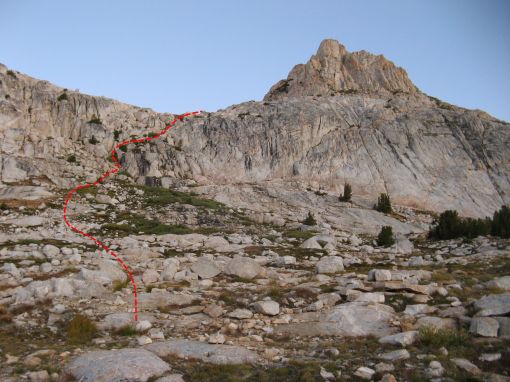




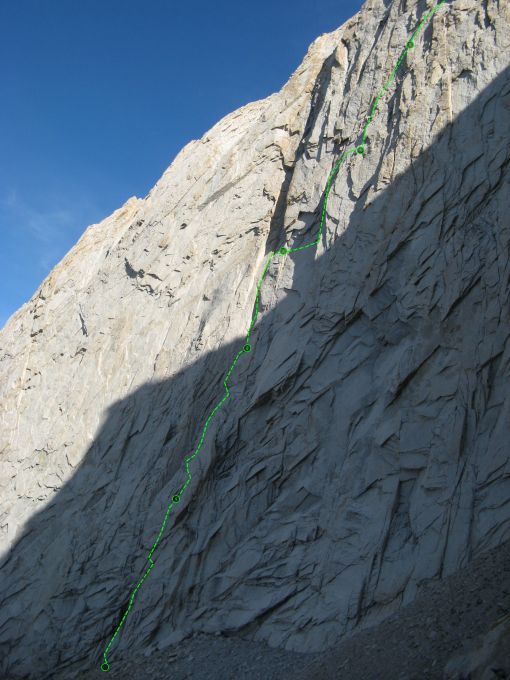




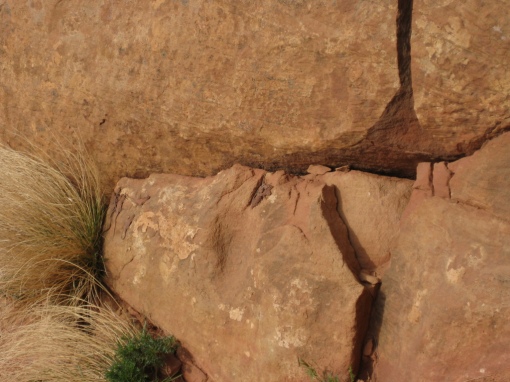


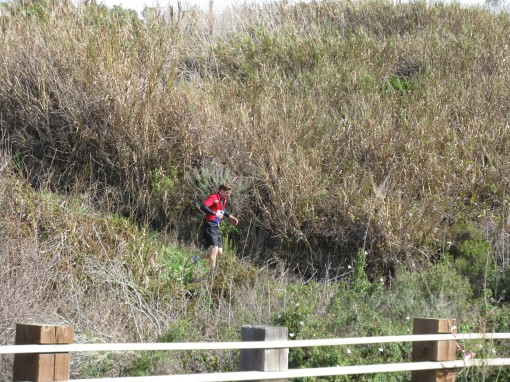
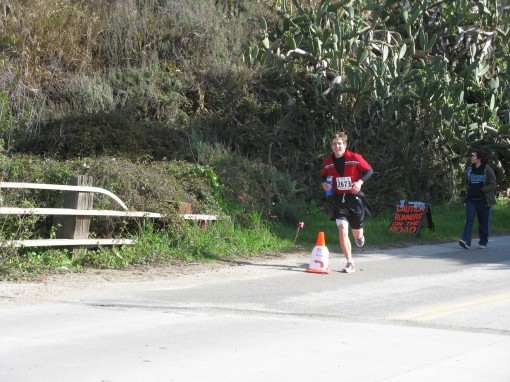


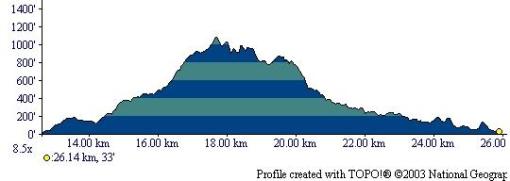
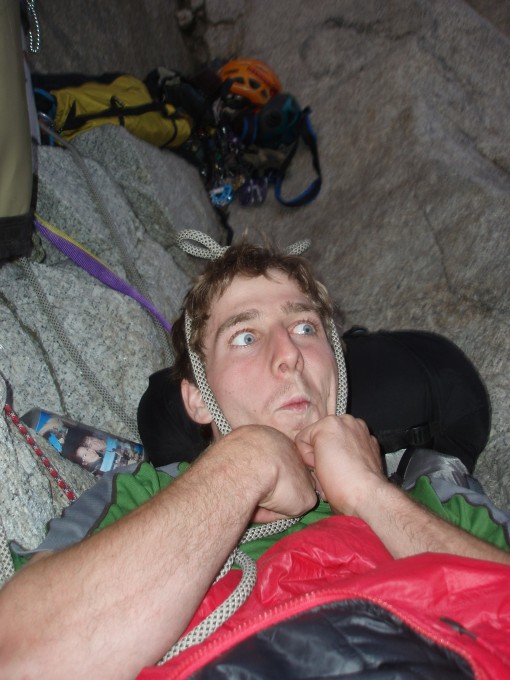
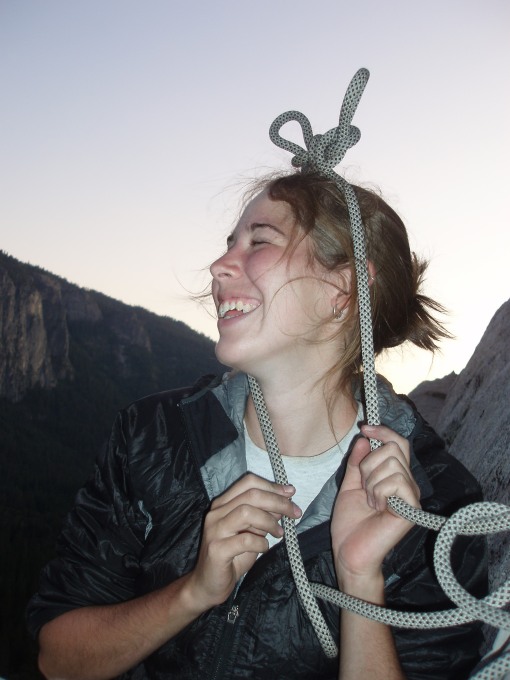

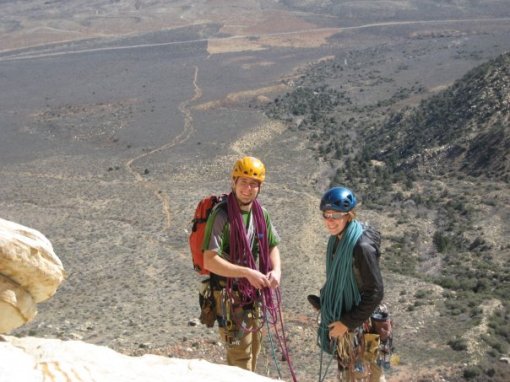 Coiling the doubles on Solar Slab in Red Rocks.
Coiling the doubles on Solar Slab in Red Rocks. Lizzy is ready with the Beal Verdon II after a fun trip up Cathedral Peak.
Lizzy is ready with the Beal Verdon II after a fun trip up Cathedral Peak.
